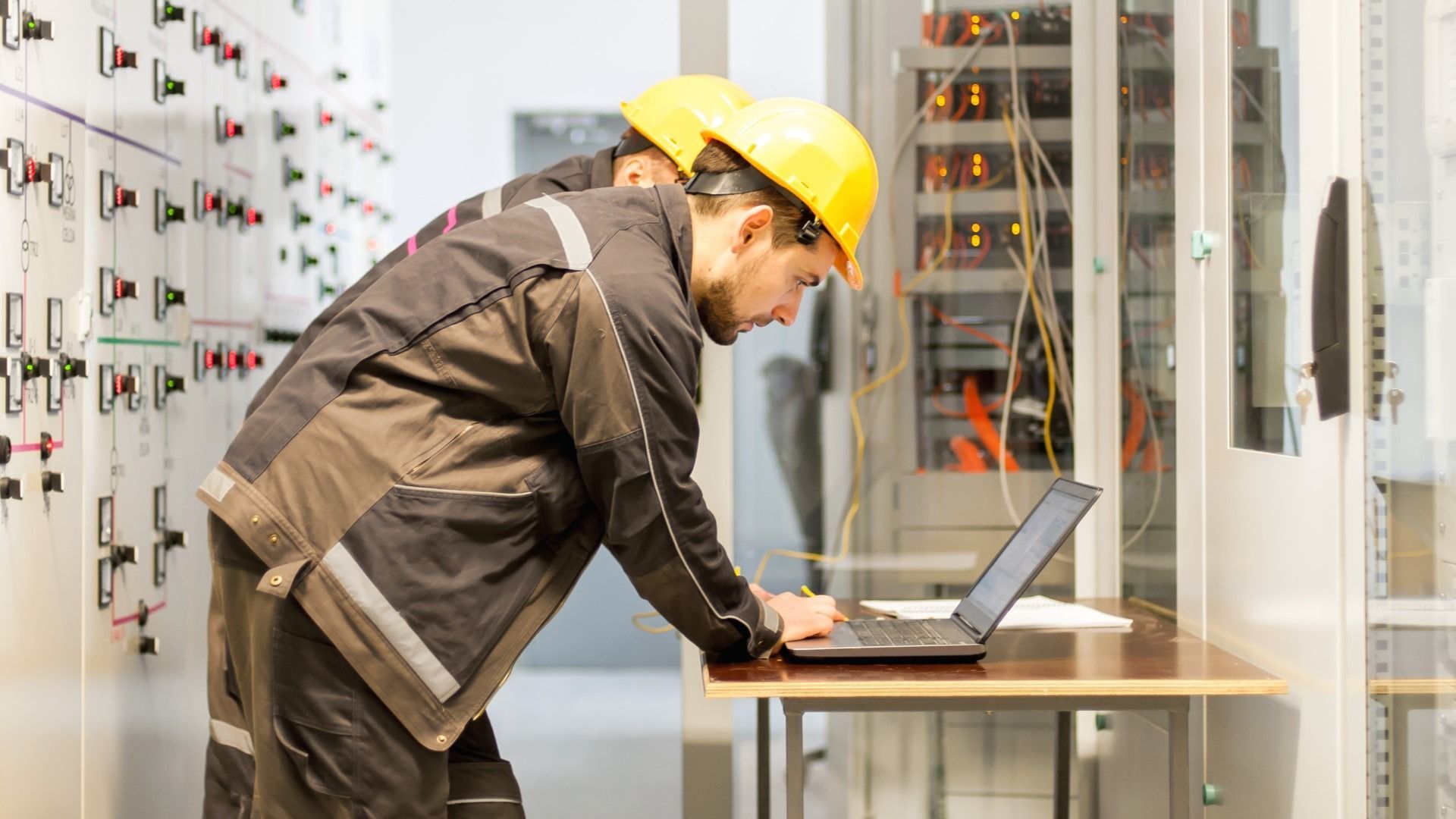So... what does POI interconnection even mean?
Let’s break it down. POI interconnection engineering support is all about one thing: getting your project safely and properly connected to the power grid.
POI stands for “Point of Interconnection.” It’s the exact spot where your system—solar, wind, battery, whatever—hands off power to the utility. It sounds simple, but trust me, it’s not. The utility has rules. A lot of them.
Where this shows up
You’ll run into POI work on almost every large energy project, like:
-
Utility scale solar farms
-
Utility scale wind farms
-
Utility scale battery storage
-
Even commercial projects with serious generation capacity
If your project’s not just using power but putting power back on the grid, this stuff applies to you.
Why it’s not a one-click process
Some folks think you just build your system and ask the utility to plug you in. Not how it works.
First, the utility wants studies. They’ll ask for fault analysis, load flow, stability models—you name it. Then they’ll need drawings, simulations, and official submittals. It takes time. And if you miss something? The whole thing stalls.
That’s why POI interconnection engineering support matters. It helps you get it right the first time.
What this support actually includes
Depending on your project, it might cover:
-
System impact and feasibility studies
-
Detailed electrical modeling
-
Review of protection schemes and relays
-
Transformer and grounding system design
-
Help with NERC Alert Level 3 IBR compliance
-
Utility coordination and submission support
In short: all the technical stuff between “we want to connect” and “you’re approved to energize.”
Who handles it?
Usually, your EPC or electrical contractor doesn’t cover this in full. It often falls to either a specialty team or your owners engineer.
A good OE will make sure this isn’t just handed off blindly. They’ll check for gaps, call out risks, and track what’s needed from both you and the utility.
This isn’t the spot to cut corners
Look, a lot of projects get delayed right here. The design’s done. Construction’s ready. But the POI paperwork isn’t approved, or a model’s wrong, or a study is incomplete.
Suddenly, you’re weeks—or months—behind. That’s expensive.
Having solid POI interconnection engineering support from the beginning avoids that. It’s not flashy work, but it’s absolutely essential.
How this connects to everything else
POI support doesn’t live in a bubble. It ties into:
-
Electrical designs from your MEP engineering team
-
Generation profiles from utility scale solar farms and wind farms
-
Control systems on utility scale battery storage
-
Compliance documentation (hello again, NERC Alert Level 3 IBR)
Everything’s linked. One weak link slows the whole thing down.
Final thought
If your project connects to the grid, don’t treat POI like an afterthought. It’s one of the most common bottlenecks—and one of the easiest to avoid with the right support.
Start early. Ask questions. Get someone who knows how the utility side really works. It’ll save you a ton of time, money, and headaches later on.

Comments on “What Is POI Interconnection? A Plain-English Guide”